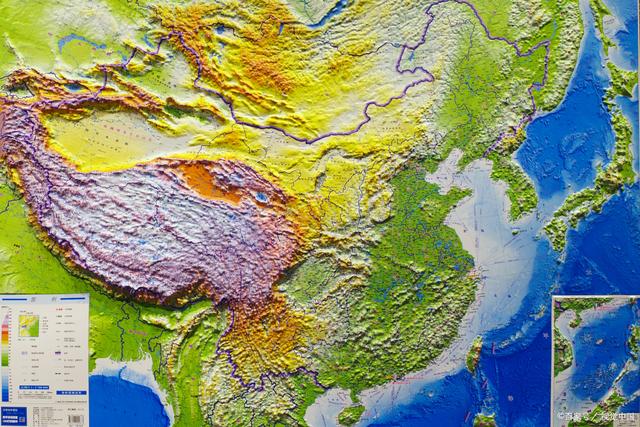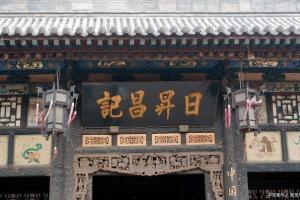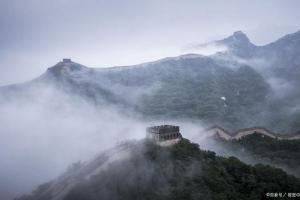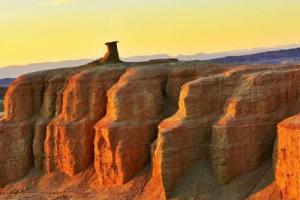What you must know about China's natural environment

China's natural environment can be summarized as three major steps, four major plateaus, four major basins, and three major plains.
Three major steps:
(1) The boundary between the first and second steps: Kunlun Mountains Qilian Mountains Hengduan Mountains. The Qilian Mountains are located at the border of Gansu and Qinghai.
(2) Second and third step boundary: Greater Khingan Mountains Taihang Mountains Wushan Xuefeng Mountains. The Taihang Mountains are the boundary between Shanxi and Hebei provinces.
Four major plateaus:
(1) The Qinghai Tibet Plateau, also known as the "Roof of the World" with an average altitude of over 4000 meters, is also known as a "solid reservoir".
(2) The Inner Mongolian Plateau: the second largest plateau with flat terrain, vast grasslands and developed animal husbandry.
(3) Loess Plateau: The soil is loose, and once the surface is eroded by rainwater, it will cause serious soil erosion.
(4) The Yunnan-Guizhou Plateau: limestone is widely distributed, and karst landform will be formed due to water erosion. The average annual rainy days in Guizhou exceed 200 days, and the mountainous terrain is rugged, known as "no clear days, no three feet flat ground.".
Four major basins:
(1) Tarim Basin: the largest inland basin in the world, located in Xinjiang. In the Tarim Basin, there is the largest desert in China, the Taklimakan Desert, and the longest inland river, the Tarim River. The Yadan landform will be formed by wind erosion.
(2) Zhungeer Basin: The second largest basin in China, located in Xinjiang. The Ertix River is the only river in China that flows into the Arctic Ocean.
(3) The Qaidam Basin is located in Qinghai and is known as the "treasure trove".
(4) Sichuan Basin: The purple sandstone in the basin has undergone continuous weathering and sedimentation to form purple soil, also known as the "Purple Basin". Inside, there is the Chengdu Plain, known as the "Land of Abundance".
Three major plains:
(1) Northeast Plain: The largest plain in China and an important commodity grain base, with very fertile black soil.
(2) North China Plain/Huang Huai Hai Plain: the second largest plain, Changlu Salt Field is the salt field with the largest output of sea salt.
(3) Plain in the middle and lower reaches of the Middle and Lower Yangtze Valley Plain: There are many rivers and lakes, rich in rice, known as the "land of plenty".









